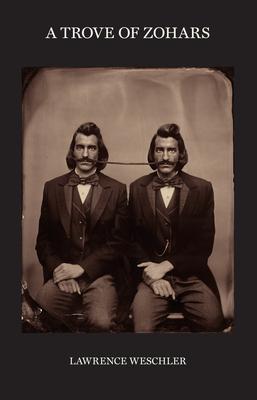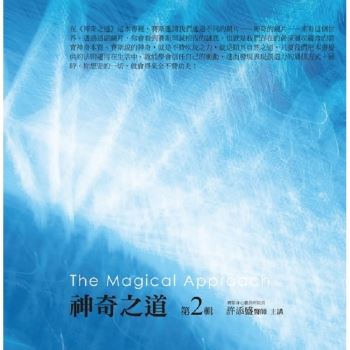So
Lawrence Weschler was minding his own business, as all his stories
begin, when he got a call from Gravity Goldberg.
Experience at The Contemporary Jewish Museum in San Francisco. She was
calling, she told him, to apprise him of an upcoming show--an inaugural
exhibition, that is, of a recently uncovered trove of work by Shimmel
Zohar, a mid-19th-century Lithuanian immigrant photographer
(contemporary of Mathew Brady), who had chronicled the Jewish immigrant
community of the Lower East Side of 1860s-1870s Manhattan in
unparalleled detail, compiling a complete inventory of professions and
types. Or not. There was, she suggested, some slippage in the whole
story, and they were trying to find someone who might be willing to
investigate things, and they were wondering, might he be interested?
Thus
begins an antic tale of investigative perplex and vertiginous inquiry,
as Weschler tracks down Stephen Berkman, the wet-collodion devotee who
claims to have discovered the trove in question, but it’s a long and
loopy story. And indeed, Weschler’s account evolves into the fourth
volume of his ongoing "Chronicles of Slippage" series, doing for the
early history of photography and the long heritance of Judaism what the
series’ first volume, the Pulitzer-shortlisted Mr. Wilson’s Cabinet of Wonder, once did for the history of museums and the phenomenology of marvel.
And
that’s just the half of it, for the main text sprouts a veritable
delirium of digressive footnotes (taking up more than half the book),
constituting what may be the closest we are going to ever get by way of
memoir from this confounding and beloved writer.











